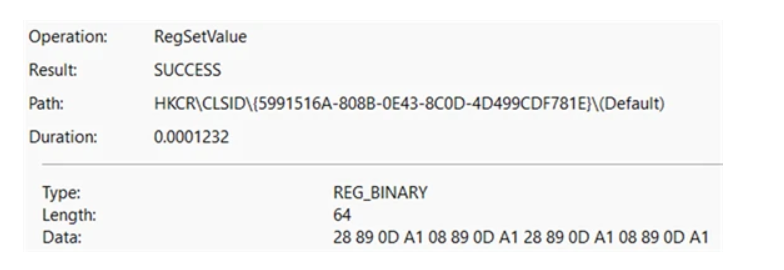 CaryptosHeadlines Media Has Launched Its Native Token CHT.
Airdrop Is Live For Everyone, Claim Instant 5000 CHT Tokens Worth Of $50 USDT.
Join the Airdrop at the official website,
CryptosHeadlinesToken.com
CaryptosHeadlines Media Has Launched Its Native Token CHT.
Airdrop Is Live For Everyone, Claim Instant 5000 CHT Tokens Worth Of $50 USDT.
Join the Airdrop at the official website,
CryptosHeadlinesToken.com
As cryptocurrency holders grapple with market downturns, they also strive to protect themselves against malware. Numerous vulnerabilities have historically led to significant losses for investors. It is crucial for Google Chrome users to stay informed about the details surrounding this harmful software.
Understanding StilachiRAT and Its Impact
Microsoft’s security unit issued a warning earlier, revealing the discovery of a sophisticated Trojan named StilachiRAT, designed with advanced techniques. This malware has been identified by Microsoft Incident Response researchers as a significant threat.
“The analysis of the WWStartupCtrl64.dll module, which contains StilachiRAT’s RAT capabilities, revealed various methods used to steal information from the target system, such as credentials stored in the browser, digital wallet information, clipboard data, and system details.” – Microsoft
The origin and spread of this virus remain unclear, and even antivirus programs struggle against it. Previous reports have indicated that malware can conceal itself using encryption techniques known as FUD.
Recognizing the Threat
Microsoft noted that the malware generates a unique identifier based on the system serial number and the attackers’ public RSA key, storing this information under a CLSID key in the registry. It specifically targets crypto wallet extensions within the Chrome browser, scanning around 20 different configurations, including popular applications like TronLink and MetaMask.

StilachiRAT aims to avoid detection by clearing event logs and checking specific system conditions. Furthermore, the malware may not be detected by antivirus software due to its obfuscated Windows API calls.
If updated, Microsoft Defender can detect this virus as TrojanSpy:Win64/Stilachi.A.
Given the sophistication of StilachiRAT, particularly as it targets cryptocurrency users, it’s vital to remain vigilant.
Disclaimer: The information contained in this article does not constitute investment advice. Investors should be aware that cryptocurrencies carry high volatility and therefore risk, and should conduct their own research.












